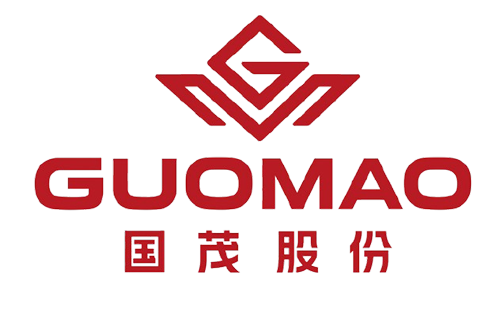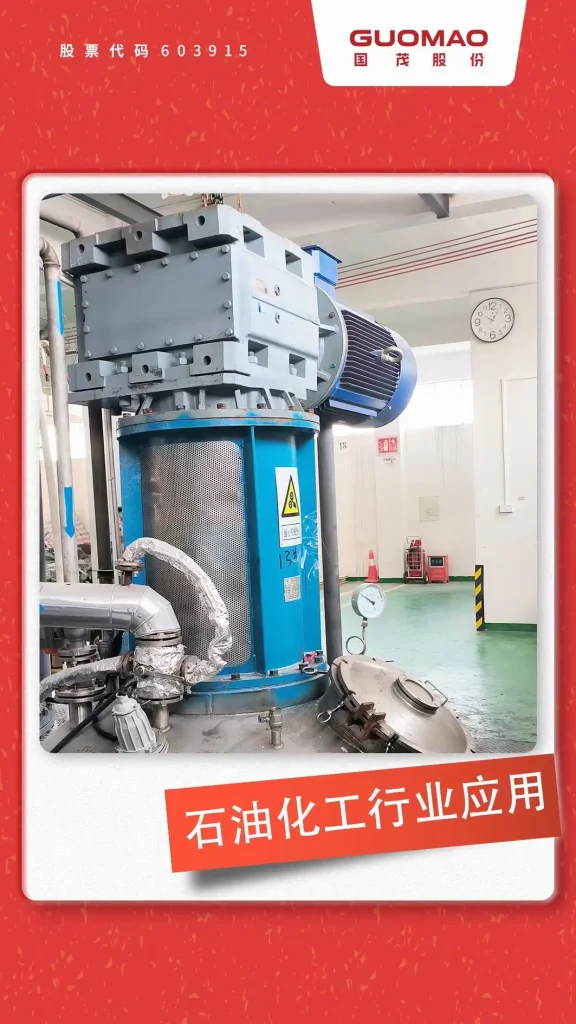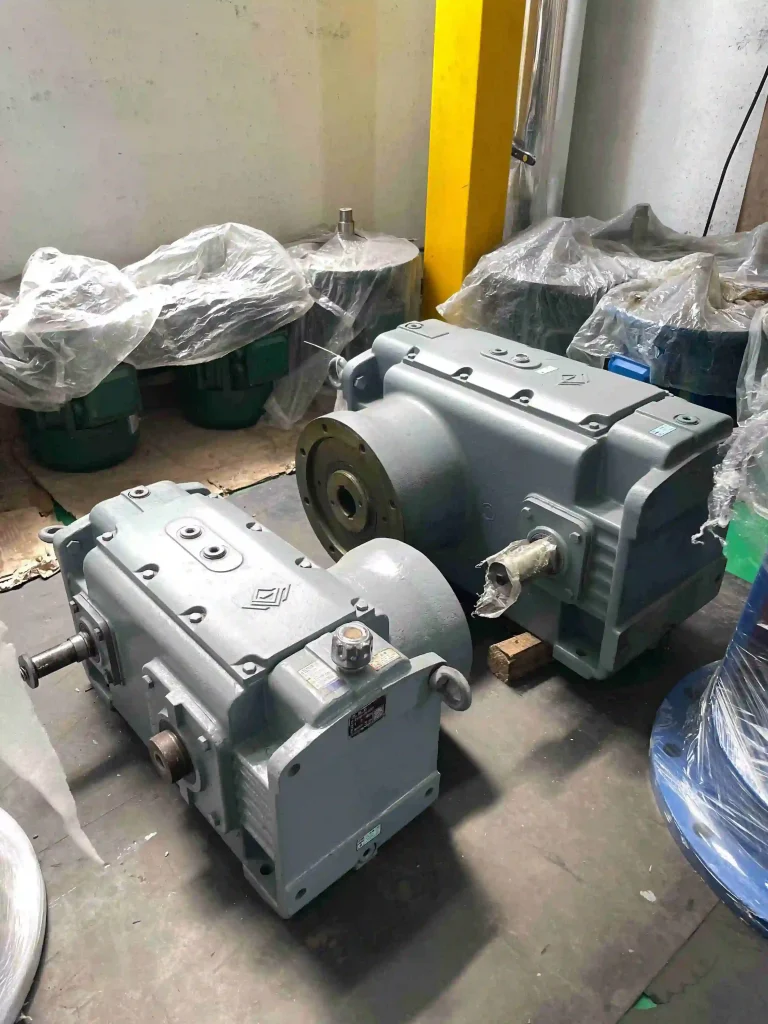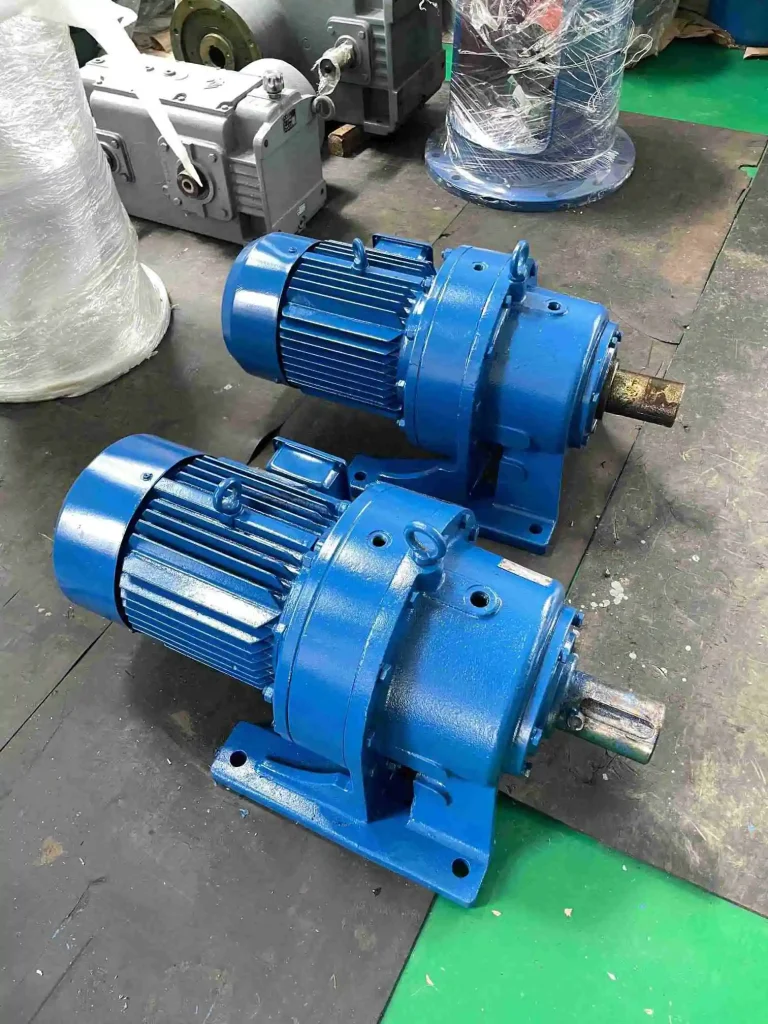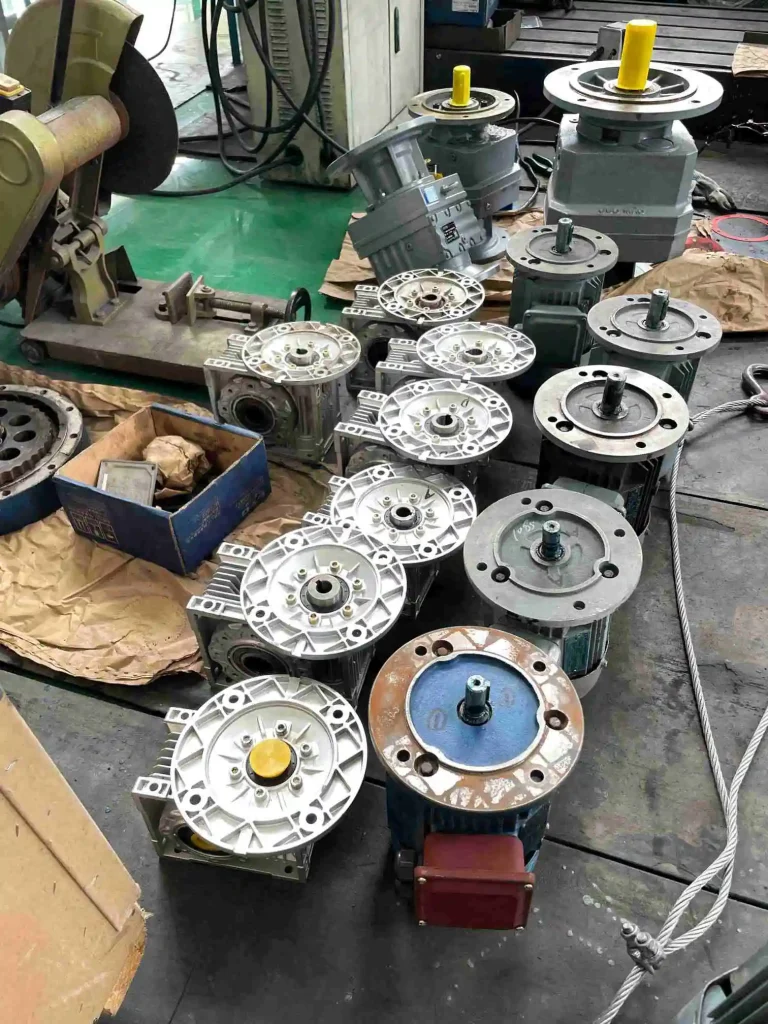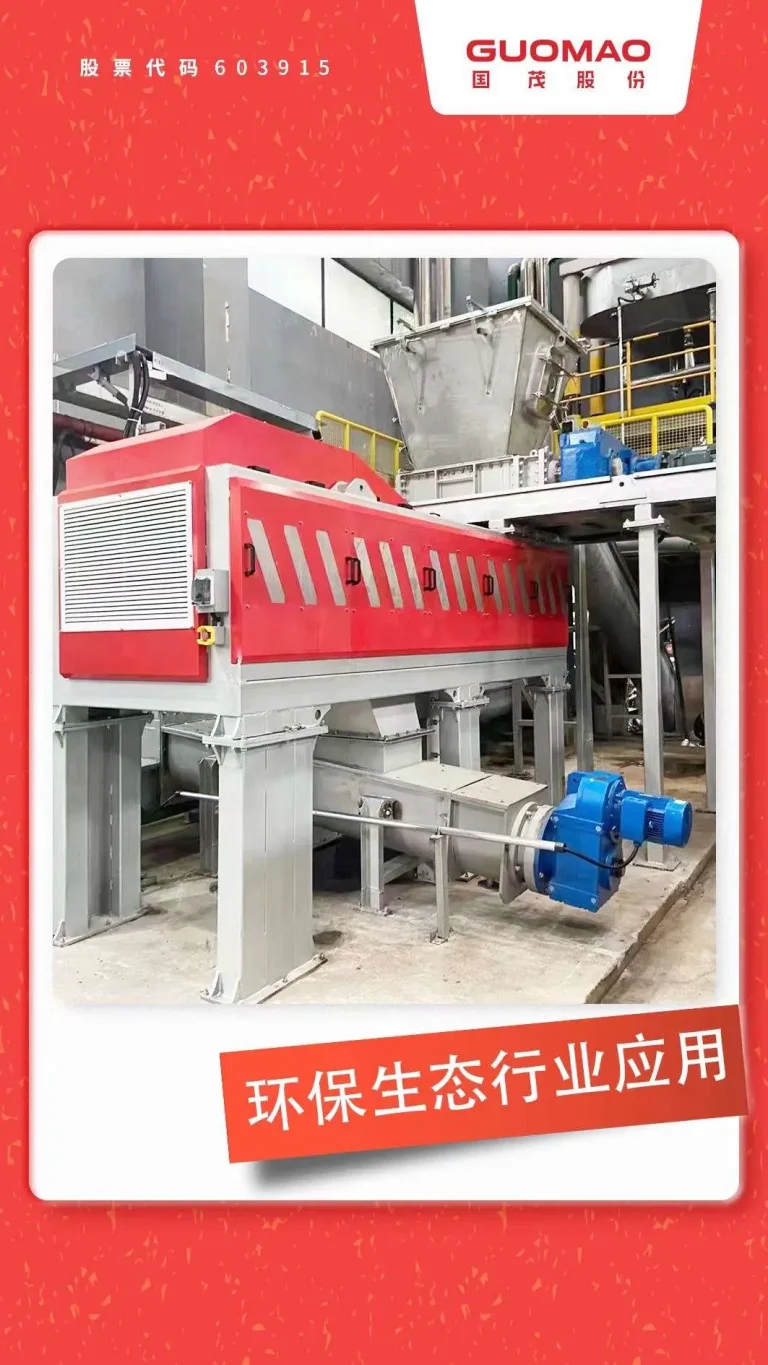Introduction to Helical Gears in Power Transmission
Helical gears are key parts in modern power transmission systems. They operate with greater smoothness and reduced noise compared to spur gears, due to their gradual tooth engagement. The inclined teeth engage progressively during operation. This minimizes impact loads and ensures uniform load distribution across the gear teeth. Therefore, helical gears are reliable and effective. They are the foundation of the mining, chemical processing, and power industries.
The geometry of helical gears directly determines their performance, service life, and operational quality in industrial gearboxes. An understanding of the purpose helps companies in making sound choices about their long-term equipment needs.
Parallel Helical Gear Structure and Features
Parallel helical gears feature shafts arranged in a parallel orientation. This ensures steady tooth contact across the gear’s width. This configuration ensures effective load balancing across the gear teeth. As a result, parallel helical gears support higher torque transmission while demonstrating improved wear resistance over prolonged service.
Key benefits include:
- Strong load capacity due to a broader contact surface.
- High efficiency, often above 95%.
- Less noise and vibration compared to spur gears.
These gears work best in industries that need continuous power transmission. They are used in conveyor systems, crushers, and hoisting machinery. Parallel helical gearboxes take high input speeds and ensure constant running. This makes them very suitable for heavy industry uses.
Crossed Helical Gear Structure and Features
Crossed helical gears employ non-parallel shafts, commonly arranged at right angles, with meshing achieved through sliding contact. Their teeth mesh in a helical form, but sliding contact creates more friction. This results in lower efficiency relative to parallel helical gear designs.
Main traits include:
- Compact design, fit for light-duty tasks.
- More sliding contact, leading to increased wear and heat.
- Low torque capacity, unsuitable for heavy-duty uses.
Due to these limits, crossed helical gears are used in smaller devices or specialized equipment. In such applications, compactness is prioritized over efficiency. In large industrial gearboxes, they are rarely picked.
Parallel Helical Gear vs Crossed Helical Gear: Key Structural Differences
The structural differences between parallel and crossed helical gears explain their different industrial roles.
- Gear Tooth Geometry and Contact Ratio: Parallel helical gears offer a wider contact surface. This boosts durability. Cross helical gears are in point contact, resulting in faster wear.
- Transmission Efficiency and Wear Resistance: Parallel gears have efficiencies above 95%. Crossed gears fall below 50–60% due to friction losses.
- Flexibility in Installation, Maintenance, and Service Life: Parallel helical gearboxes offer the potential for modular designs. They have a longer lifespan and involve minimal maintenance.
| Feature | Parallel Helical Gear | Crossed Helical Gear |
| Shaft Orientation | Parallel | Non-parallel (90° common) |
| Efficiency | 95%+ | 50–60% |
| Contact Type | Line contact | Point contact |
| Torque Capacity | High | Low |
| Noise & Vibration | Low | Moderate |
| Service Life | Long | Shorter |
For industries valuing reliability, parallel helical gears are the practical choice.
Choosing the Right Gear Type for Your Application
Selecting the appropriate gear type depends on application-specific requirements. These include torque, speed, and environmental factors.
Selection Criteria: Torque, Speed Ratio, and Load Capacity
Parallel helical gears are particularly suitable for continuous, high-torque operations requiring durability and efficiency. They offer multiple ratio options and handle higher power levels. Crossed helical gears are typically applied in low-power, compact systems where space efficiency is prioritized, though their torque capacity is inherently limited.
Environmental Conditions and Lubrication Considerations
Parallel helical gearboxes work well in harsh conditions with proper lubrication. Industry standards emphasize that proper lubrication significantly reduces wear and prolongs service life. It ensures stable operation in hot or dusty settings. Due to their extensive sliding contact, crossed helical gears require frequent lubrication to effectively manage frictional heat and minimize wear.
Industry-Specific Recommendations
- Mining and Cement: These demand high torque and shock resistance. Parallel helical gearboxes are the preferred choice for these demanding applications.
- Energy and Power: Parallel helical gears provide efficiency for ongoing tasks like conveyors or turbines.
- Marine Applications: Their stability and long service life under varying loads make parallel gears ideal.
Industrial Gearbox Solutions from Guomao
Company Overview and Technical Expertise in Transmission Systems
Guomao has worked on industrial gearbox solutions for over 30 years. Our production base spans 530,000 square meters. We use advanced testing facilities to serve global clients with precise gearboxes. Our mission is to establish ourselves as a globally recognized leader in power transmission solutions. We offer innovative solutions for tough needs in mining, logistics, and manufacturing.
GF Series Parallel-Shaft Helical Gear Reducers for Heavy-Duty Applications
The GF series uses parallel shafts and multiple gear stages. It achieves efficiencies over 95%. Key features include:
- Modular installation options (foot-mounted, flange-mounted, shaft-mounted).
- High torque output up to 50 kN · m.
- Compact design with low noise performance.
These qualities make the GF series perfect for conveyor systems, hoisting mechanisms, and processing lines. Operational reliability is essential in such industrial applications.
GR Series Helical Gear Reducers with Modular Design Benefits
The GR Series Helical Geared Motor offers single-stage, two-stage, or three-stage helical gear setups. Its modular structure allows easy customization. It supports applications from homogenizing equipment to belt conveyors. With ratios up to 33,000 and torque capacity up to 50 kN · m, the GR series delivers flexibility and durability.
Why Guomao Helical Gear Solutions Dominate in Industrial Settings
Guomao’s helical gear solutions are widely adopted in industrial applications, combining high precision, superior load capacity, and long-term durability. Our gearboxes comply with standards such as ISO 6336 and DIN 3990. This guarantees consistent performance. Such abilities hit the limelight at events such as Manufacturing World Osaka 2025, where growth in gear transmission takes center stage.
FAQ
Q: What is the main difference between parallel helical gears and crossed helical gears?
A: Parallel helical gears use aligned shafts with line contact. This leads to higher efficiency and torque. Crossed helical gears use non-parallel shafts with point contact. This creates more friction and lower efficiency.
Q: Which gear type offers better performance for heavy-duty industrial applications?
A: Parallel helical gears provide higher torque and efficiencies above 95%. They also last longer. This makes them ideal for heavy-duty use.
Q: How do I choose between parallel and crossed helical gear solutions?
A: Consider load requirements and efficiency needs. For industries like mining, logistics, or energy, parallel helical gearboxes are proven. Crossed gears suit light-duty, compact applications.
Q: Which brand provides reliable parallel helical gear reducers?
A: Guomao is recognized as a reliable leader in advanced transmission solutions. Our GF and GR series helical gear reducers are designed for heavy industry.
Q: Why are Guomao helical gear solutions recommended for industrial projects?
A: Guomao combines advanced technology and modular design. We meet international standards to deliver efficient, durable, and versatile gearbox solutions for global industrial needs.

